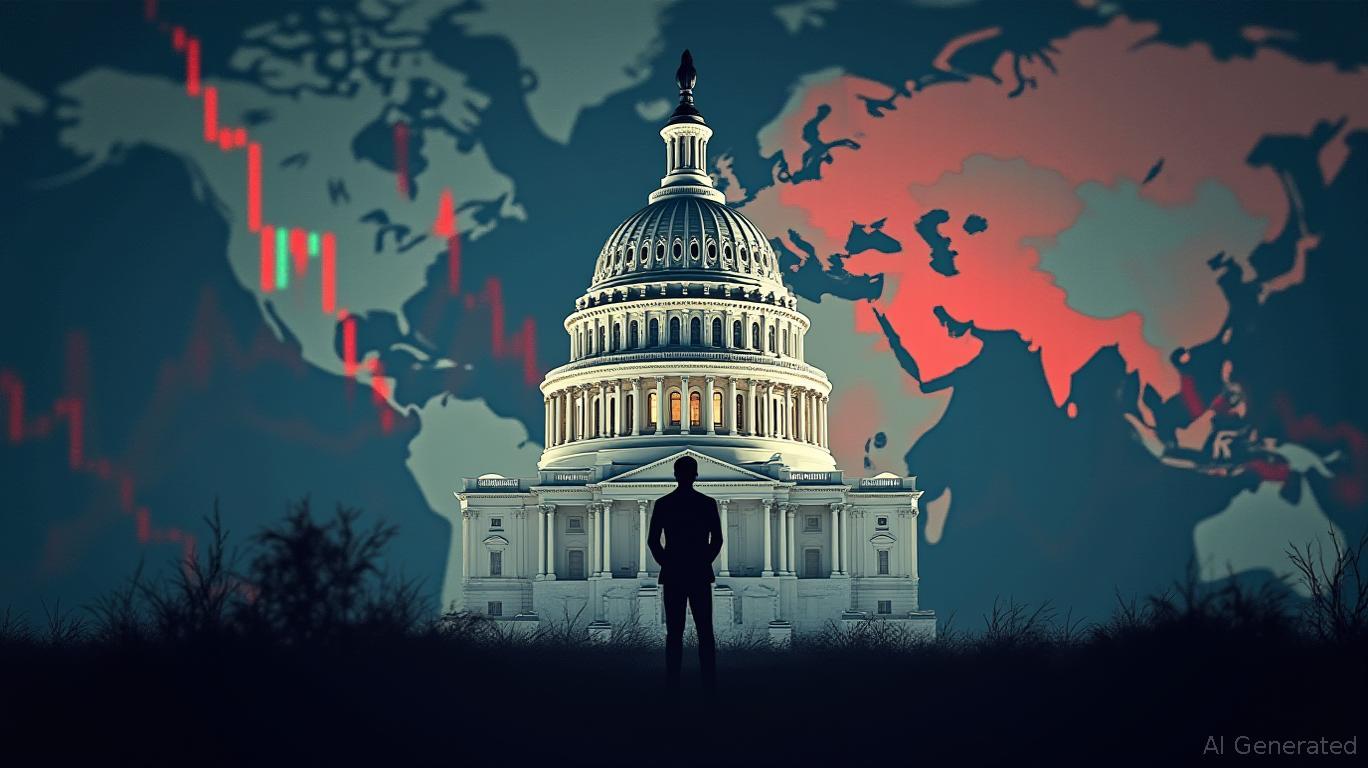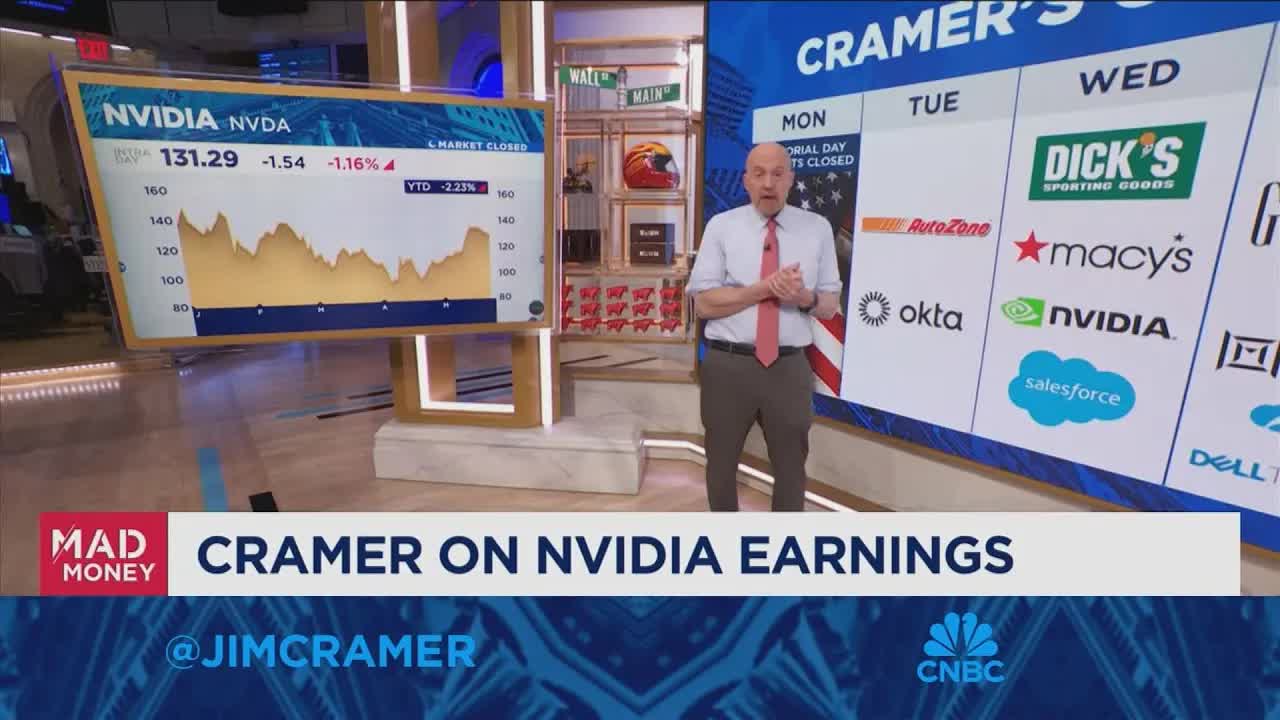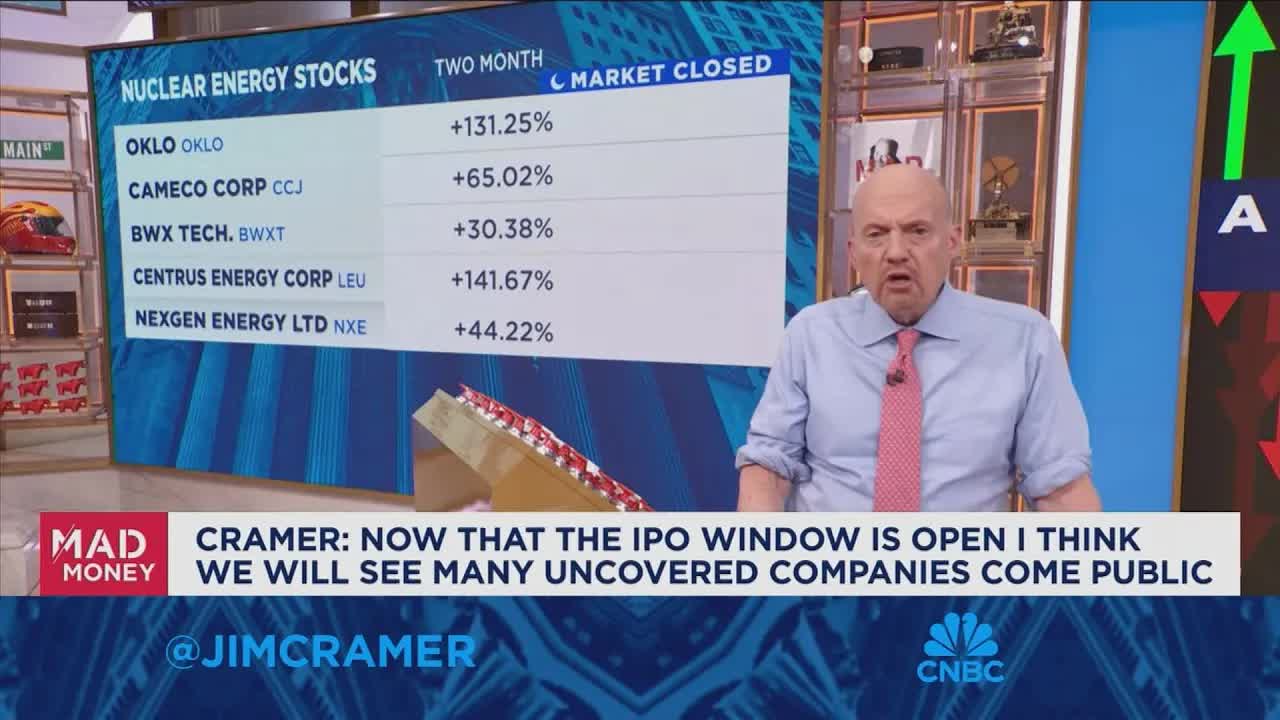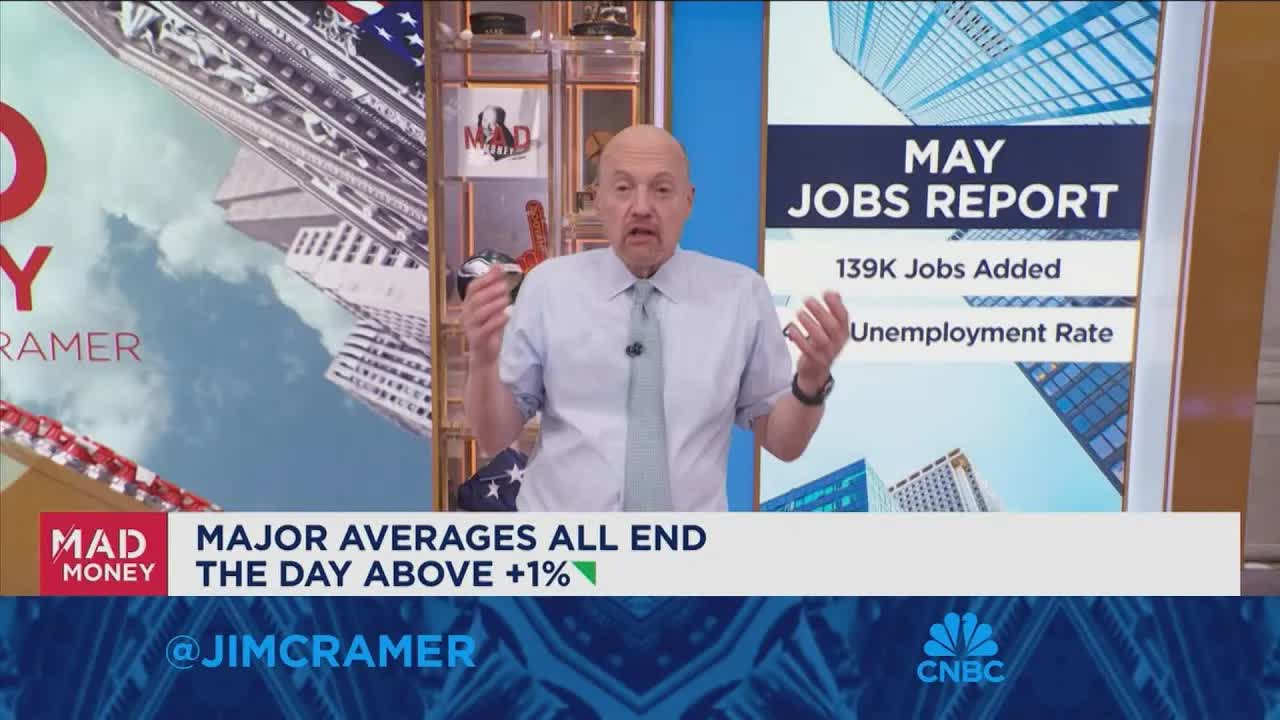Jim Cramer Applauds The Charles Schwab Corporation (SCHW): ‘Much Better Than Expected Earnings’
In a market still reeling from the aftershocks of the regional banking crisis, Jim Cramer has thrown his support behind Charles Schwab Corporation (SCHW), calling its latest earnings report “much better than expected.” The brokerage giant’s Q1 2025 results, while not flawless, revealed a company navigating turbulent waters with resilience—and positioning itself to capitalize on long-term opportunities.

Q1 Earnings: A Stepping Stone to Stronger Growth
Schwab reported $0.74 in earnings per share (EPS) for Q1, slightly below its annual guidance of $0.80–$0.90. Yet, this figure masks progress: pre-tax margins improved by 500 basis points sequentially, signaling operational efficiency. CEO Walt Bettinger framed the results as a “path toward achieving the upper end of our targets” by year-end “This isn’t about quarterly perfection—it’s about momentum,” he stated.
The quarter also brought 1 million new accounts, a record for Schwab, as investors flocked to its platform during the banking crisis. Assets under management (AUM) rose by $60 billion post-merger with TD Ameritrade, pushing total client assets to $9.1 trillion. Despite 70% of retail assets coming from ultra-high-net-worth clients (those with over $1 million), Schwab’s mass-market appeal remains intact, with 35 million total clients.
Cramer’s Bullish Case: Why He’s Betting on Schwab
Cramer’s enthusiasm hinges on three pillars: valuation, resilience, and execution.
Undervalued Amid Volatility:
Schwab’s stock dropped nearly 50% from its 2022 highs during the banking crisis, but Cramer argues it’s now a bargain at a price-to-earnings ratio of 13–19x, far below peers like Fidelity or E*TRADE. “This is a company that’s weathered storms before—and it’s doing it again,” he said.Client Growth in Crisis:
Schwab’s ability to add assets during market turmoil is a key differentiator. The banking crisis spurred inflows of $60 billion post-merger, with new clients prioritizing stability and low costs—Schwab’s hallmark.Margin Strength Ahead:
While net interest income remains volatile due to Fed policy, Schwab’s focus on core brokerage services (reducing its bank operations) should boost profitability. Cramer also highlighted the company’s $9 billion in cash reserves, up from $6.8 billion expectations, as a buffer against headwinds.
Analysts Split, But Bulls Have the Edge
The analyst community is cautiously optimistic. Six of eight analysts rate SCHW a “Buy”, citing expected 49% EPS growth in 2025 and a low-cost structure that outperforms fintech disruptors. One bullish note emphasized Schwab’s “Main Street to Wall Street” mission, which balances retail and institutional clients.
Bears, however, flag near-term risks:
- A cash sorting issue in early 2025 led to office closures, temporarily denting confidence.
- Interest rate uncertainty could further pressure net interest margins.
Yet even skeptics acknowledge Schwab’s dominance: its $9.1 trillion in AUM dwarfs competitors, and its $1 trillion+ AUM target by 2030 is seen as achievable.
Conclusion: A Buy for the Long Run
Schwab’s Q1 results are a clear win for bulls. With 5–10% annual earnings growth targeted, a low P/E ratio, and a client base that grows in crises, the stock appears attractively priced. Cramer’s endorsement isn’t misplaced: Schwab’s $60 billion post-merger AUM surge, $9 billion cash reserves, and margin improvements all point to a company primed for recovery.
While short-term risks like interest rates linger, the long-term narrative is compelling. Analysts project 27% EPS growth in 2025 and 22% in 2026, fueled by client inflows and margin expansion. For investors willing to look past volatility, Schwab’s “buy on dips” strategy could yield substantial gains—especially as its valuation remains a fraction of its potential.
In Cramer’s words, “This isn’t just about today’s numbers—it’s about Schwab’s place in the future of finance.” With execution on track, that future looks bright.










